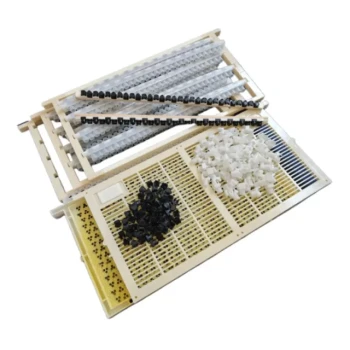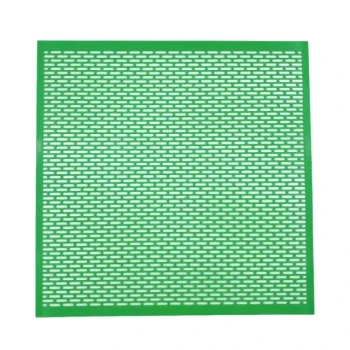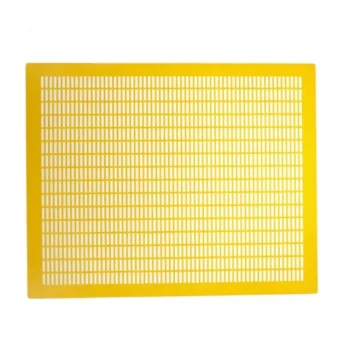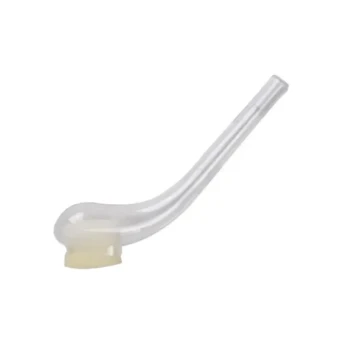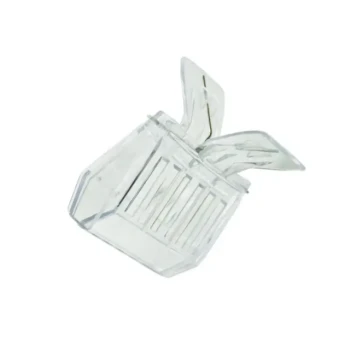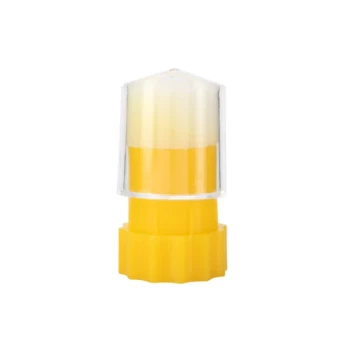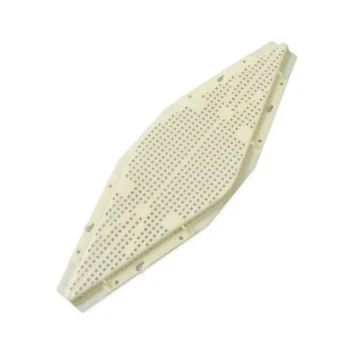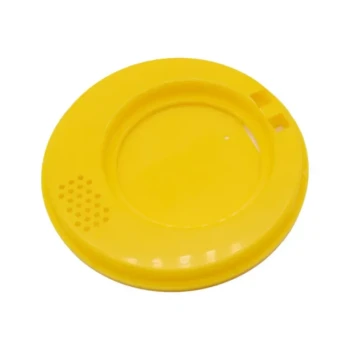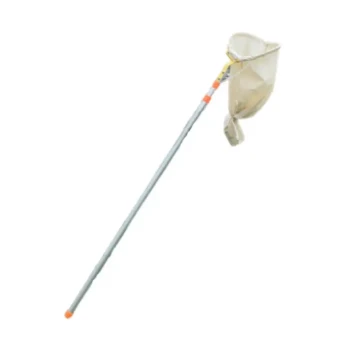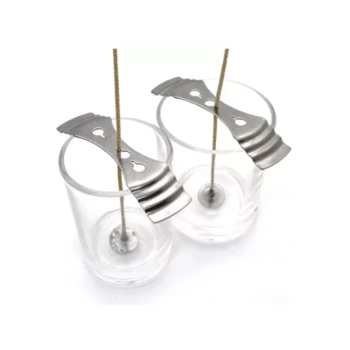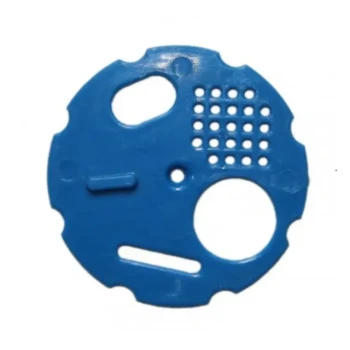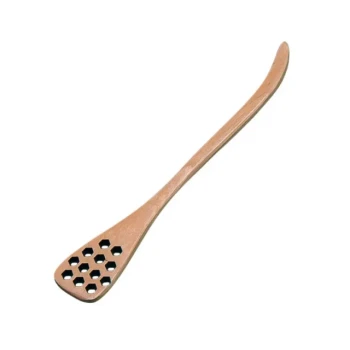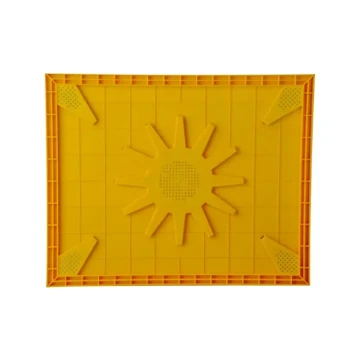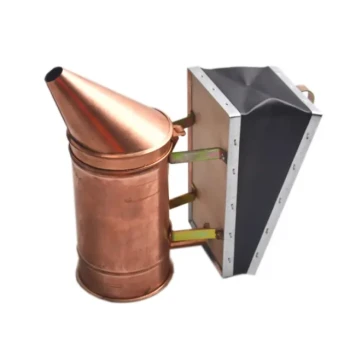A hive should be queenless for at least 24 hours before you attempt to introduce a new queen. This waiting period is essential for the old queen's pheromones to dissipate throughout the colony. Once the workers sense their queen is truly gone, they become far more receptive to a replacement.
The 24-hour waiting period is a critical minimum, but successful queen introduction hinges on two deeper factors: confirming the hive is truly queenless and ensuring it is calm, healthy, and free from any emergency queen cells.
The Purpose of the Waiting Period
The entire social structure of a honey bee colony revolves around the queen's pheromones, primarily the Queen Mandibular Pheromone (QMP). This chemical signal informs the hive that a healthy, laying queen is present.
Why 24 Hours is the Standard
When a queen is removed, her pheromones begin to fade. After approximately 24 hours, the absence of this signal becomes undeniable to the workers. This state of "hopelessness" is the ideal condition for introducing a new queen, as the colony is now actively seeking a replacement.
The Risk of Acting Too Soon
Introducing a new queen into a hive that is not yet fully aware its old queen is gone is the most common cause of rejection. The workers will still be loyal to the previous queen's scent and will often kill the newcomer, viewing her as an intruder.
Before You Start the Clock: Key Preparations
The 24-hour countdown only begins after you are certain the hive is queenless. Rushing this step will lead to failure.
Confirm True Queenlessness
Before introducing a new queen, you must verify the old one is gone. Look for fresh eggs, which appear like tiny grains of rice standing on end in the bottom of a cell. If you see eggs, a queen was present within the last three days.
Destroy All Queen Cells
Once a colony realizes it is queenless, it will immediately begin creating emergency queen cells to raise a new queen from existing larvae. You must find and destroy every single one of these cells before introducing your new queen. If the bees have their own queen-in-progress, they will never accept yours.
Assess Overall Hive Health
A stressed colony is less likely to accept a new queen. The hive should have adequate food stores, proper ventilation, and be free from significant pest or disease pressure. A strong, healthy hive can better focus its resources on accepting and supporting the new queen.
Understanding the Trade-offs
Timing is a delicate balance. While waiting is crucial, waiting too long introduces new problems.
The Danger of Waiting Too Long
If a hive remains queenless for an extended period (typically 2-3 weeks), some worker bees may begin to lay unfertilized eggs. This condition, known as a "laying worker" hive, is extremely difficult to requeen, as the laying workers are often hostile to any new, true queen.
The Importance of a Final Check
Even after waiting 24 hours, it is best practice to perform one final, thorough inspection for queen cells immediately before placing the new queen's cage in the hive. Bees can build these cells quickly, and missing even one can result in a rejected queen.
Making the Right Choice for Your Goal
Your approach should be guided by your certainty about the hive's status.
- If you have just found and removed the old queen: Wait a full 24-48 hours, then perform a meticulous inspection to destroy any queen cells before introducing the new queen in her cage.
- If you believe the hive is queenless but are not certain: Wait 3-4 days after you last saw evidence of a queen (like fresh eggs). Then, inspect for emergency queen cells. If you find them, you've confirmed queenlessness. Destroy them all before proceeding.
- For any introduction scenario: Always ensure the hive is calm and well-fed to maximize your chances of success. A gentle feeding of 1:1 sugar syrup can often improve the colony's mood.
Patience and careful observation are the keys to successfully giving your colony a new, productive future.
Summary Table:
| Timing & Action | Key Purpose |
|---|---|
| Wait 24-48 hours | Allows old queen's pheromones to dissipate, making workers receptive. |
| Confirm Queenlessness | Verify no fresh eggs or existing queen is present. |
| Destroy All Queen Cells | Prevents bees from raising their own queen, ensuring acceptance of the new one. |
| Assess Hive Health | A calm, well-fed colony is more likely to accept the new queen. |
Give Your Apiary a Productive Future with HONESTBEE
Successful queen introduction is fundamental to maintaining strong, productive colonies. HONESTBEE supplies commercial apiaries and beekeeping equipment distributors with the high-quality, reliable supplies needed for critical hive management tasks.
From durable queen cages to essential hive tools, our wholesale-focused operations ensure you have the right equipment to support your beekeeping success.
Contact HONESTBEE today to discuss your wholesale supply needs and ensure your hives thrive.
Visual Guide
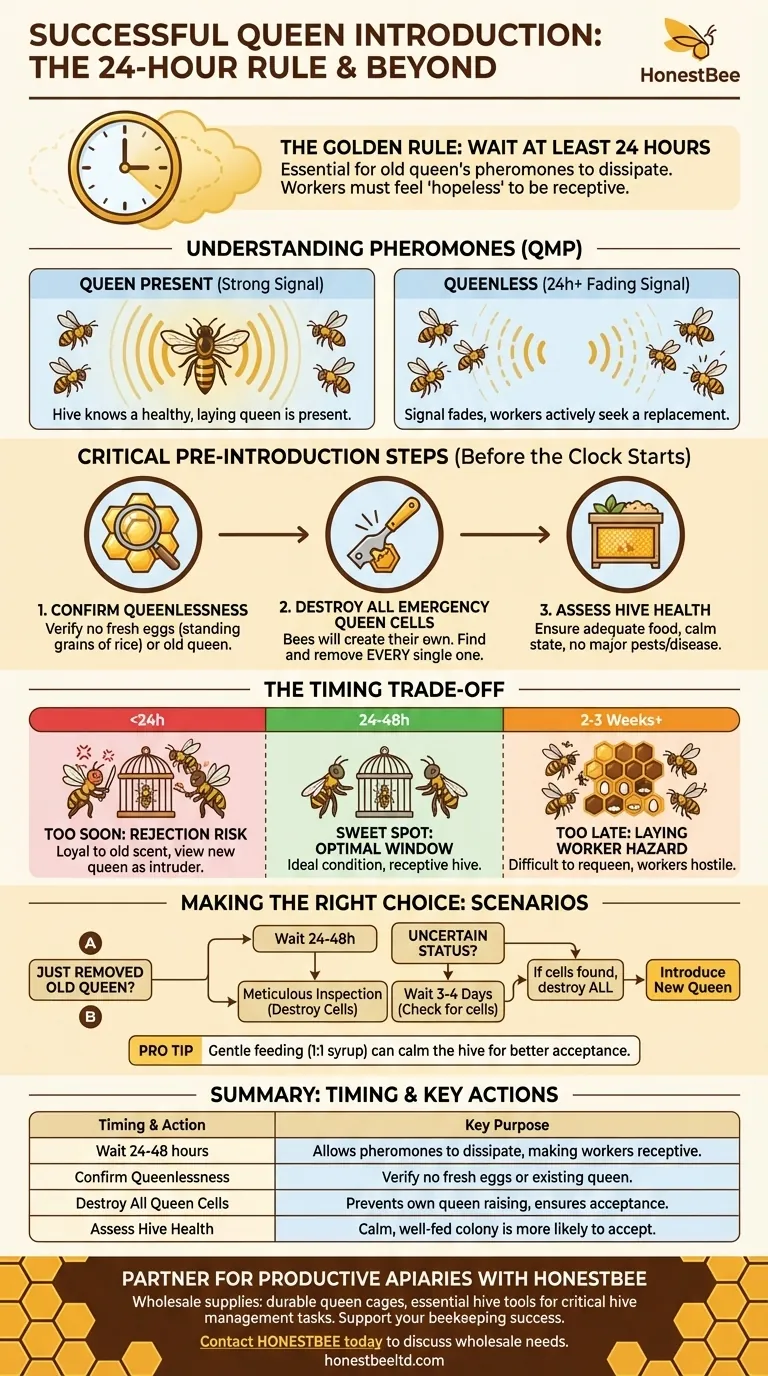
Related Products
- No Grafting Queen Rearing Kit: System for Royal Jelly Production and Queen Rearing
- Jenter Queen Rearing Kit Complete Set for Bee Breeding
- Premium Wood Framed Metal Wire Queen Bee Excluder
- High Performance Plastic Queen Excluder for Beekeeping and Apiary Management
- Professional Plastic Queen Excluder for Modern Beekeeping
People Also Ask
- What are the signs that indicate a colony needs requeening? Protect Your Hive's Health and Productivity
- What should be done once eggs are present in the comb box? A Guide to Maximizing Queen Rearing Success
- What is the timeline for queen breeding? A 28-Day Guide from Egg to Laying Queen
- What are the stages involved in queen raising? A Guide to Controlled, High-Quality Queen Production
- What steps should be taken if a queen is lost? Save Your Queenless Hive Now
